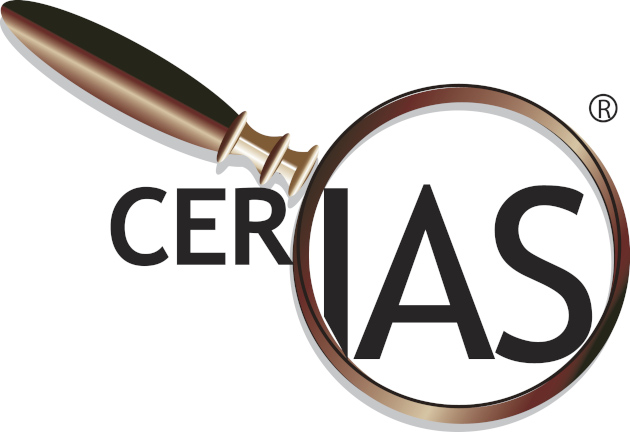
CERIAS Technical Reports
Abstract
The challenge of providing data privacy and integrity while maintaining efficient performance for honest users is a persistent concern in cryptography. Attackers exploit advances in parallel hardware and custom circuit hardware to gain an advantage over regular users. One such method is the use of Application-Specific Integrated Circuits (ASICs) to optimize key derivation function (KDF) algorithms, giving adversaries a significant advantage in password guessing and recovery attacks. Other examples include using graphical processing units (GPUs) and field programmable gate arrays (FPGAs). We propose a focused approach to close the gap between adversarial advantage and honest user performance by leveraging the hardware optimization AES-NI (Advanced Encryption Standard New Instructions). AES-NI is widely available in modern x86 architecture microprocessors. Honest users can negate the adversary advantage by diminishing the utility of their computational power. We explore the impact of AES-NI on the Argon2i KDF algorithm, a widely-used and recommended password hashing function. Through our analysis, we demonstrate the effectiveness of incorporating AES-NI in reducing the advantage gained by attackers using ASICs. We also discuss the security and performance trade-offs to provide guidelines for practical implementation in deployed cryptosystems.
Keywords
cryptography, hardware optimization, argon2i, key derivative function, kdf
DOI
10.5703/1288284317684
Date of this Version
11-28-2023
Recommended Citation
Harrell, Nicholas and Krakauer, Nathaniel, "Closing the Gap: Leveraging AES-NI to Balance Adversarial Advantage and Honest User Performance in Argon2i" (2023). CERIAS Technical Reports. Paper 3.
http://dx.doi.org/10.5703/1288284317684
Included in
Digital Communications and Networking Commons, Information Security Commons, Other Computer Sciences Commons, Theory and Algorithms Commons

